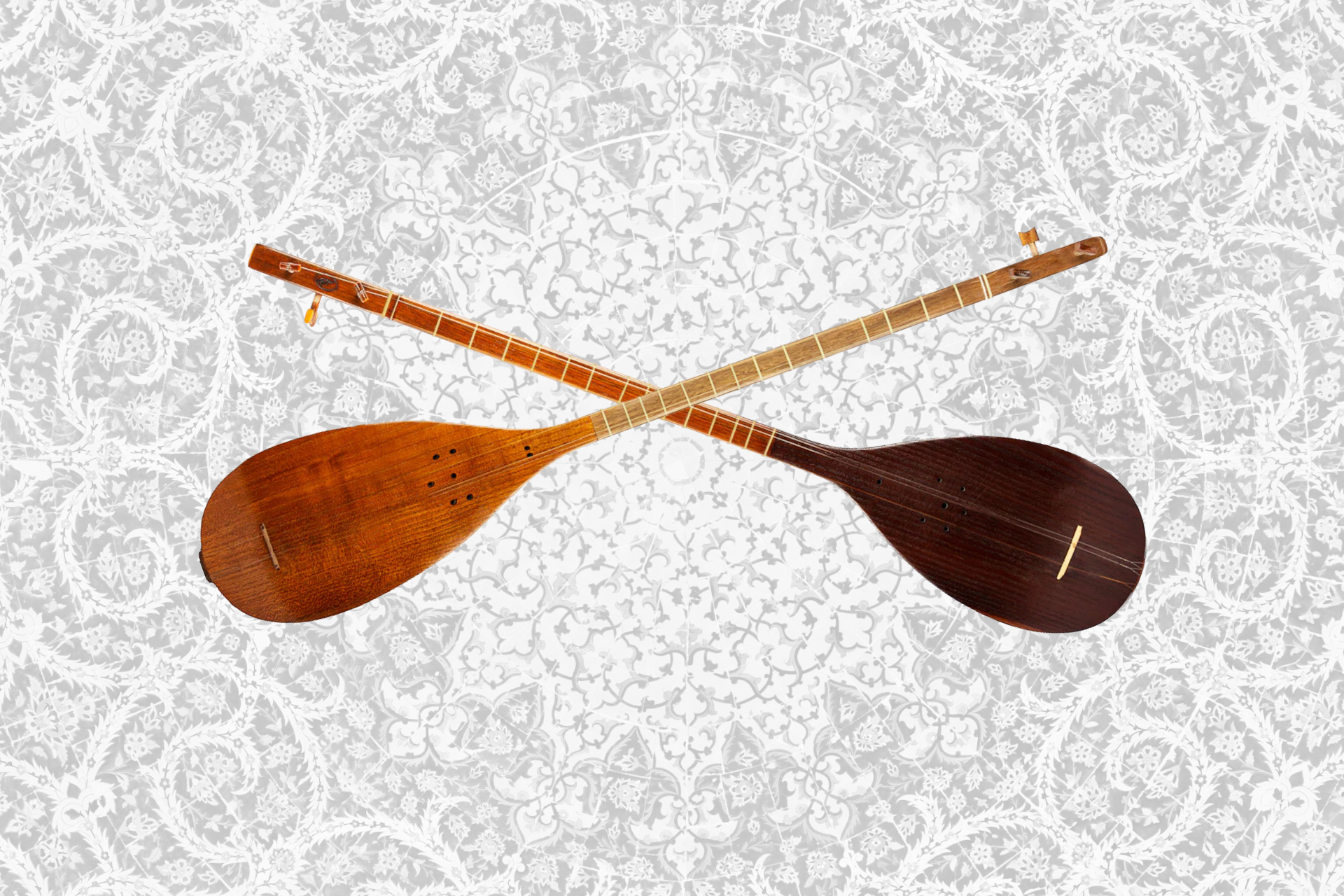General Articles
The Tanbur: How to Play and Enjoy the Music of this Ancient Persian Instrument
If you are interested in the rich and diverse musical traditions of Iran, you may have heard of the tanbur, a long-necked lute that is revered by many as a sacred and soulful instrument. The tanbur has a history that spans thousands of years and is used in various genres of Persian music, from classical to folk to religious. In this article, we will explore the origins, features, and styles of the tanbur, and how you can learn to play or appreciate this beautiful instrument.
What is the Tanbur?
The tanbur is a plucked string instrument that has a pear-shaped body, a long neck, and frets. It usually has two or three metal strings that are tuned in fourths or fifths. The tanbur is played with a plectrum made of horn, wood, or plastic, and produces a clear and resonant sound. The tanbur is similar to other instruments in the lute family, such as the Turkish tambur, the Kurdish tembûr, the Central Asian dombra, and the Indian tanpura. However, the Persian tanbur has its own distinctive features and characteristics that make it unique.
The History of the Tanbur
The tanbur is one of the oldest musical instruments in the world, dating back to ancient Mesopotamia. The word “tanbur” is derived from the Sumerian word “pantur”, which was the name of a similar instrument with a half-spherical body. The tanbur was mentioned in various historical texts and depicted in various artworks from different civilizations, such as the Akkadians, Babylonians, Assyrians, Persians, Greeks, Romans, Arabs, Turks, Mongols, and Indians. The tanbur was also associated with various mythological figures and legendary musicians, such as King David, Pythagoras, Zalzalak, Barbad, and Farabi.
The tanbur has been used in different regions and cultures for various purposes and functions. In some areas, such as Kurdistan and Lorestan in Iran, the tanbur is considered a sacred instrument that is used for religious rituals and ceremonies. The tanbur is also the main instrument of the Ahl-e Haqq (People of Truth), a mystical sect that practices a form of Sufism. The Ahl-e Haqq believe that the tanbur was created by God and given to Adam as a gift. They also venerate the tanbur as a symbol of divine love and wisdom.
In other areas, such as Khorasan and Baluchistan in Iran, the tanbur is used for folk music and storytelling. The tanbur accompanies singers who narrate epic tales and poems about heroes, lovers, saints, and mystics. The tanbur also expresses the emotions and sentiments of the people who live in these regions, such as joy, sorrow, longing, and devotion.
In addition to these traditional genres, the tanbur has also been used for classical music and contemporary music. The tanbur was introduced to Persian classical music by musicians such as Abd al-Qadir Maraghi (14th century), Safi al-Din al-Urmawi (13th century), and Mirza Abdollah (19th century). The tanbur was adapted to fit the modal system and rhythmic patterns of Persian classical music. The tanbur also influenced other instruments in Persian classical music, such as the setar and the tar.
In recent times, the tanbur has been used for modern music by musicians who experiment with new styles and techniques. Some examples are Hossein Alizadeh (who created a six-stringed tanbur), Kayhan Kalhor (who plays the tanbur with a bow), Ali Akbar Moradi (who plays Kurdish folk music with the tanbur), Parviz Meshkatian (who composed pieces for the tanbur), Mohammad Reza Lotfi (who played fusion music with the tanbur), and Shahram Nazeri (who sang classical poems with the tanbur).
How to Play or Appreciate the Tanbur
If you are interested in learning how to play or appreciate the tanbur, there are several ways you can do so. One way is to listen to recordings or watch videos of famous tanbur players from different genres and styles. You can also read books or articles about the history and theory of the tanbur. Another way is to find a teacher or a mentor who can guide you through the basics of playing or understanding the tanbur. You can also join a community or a group of fellow enthusiasts who share your passion for the tanbur.
However you choose to learn or enjoy the tanbur, you will need a good quality instrument that suits your needs and preferences. That’s where Rhythm Music Shop comes in. Rhythm Music Shop is your one-stop destination for authentic Persian musical instruments and accessories. Whether you are looking for a beginner’s model or a professional’s masterpiece, we have it all.
The store is located in Markham, Ontario, and offers a wide range of tanburs and other instruments, such as setars, tars, santurs, neys, dafs, and more. You can shop online or visit our store to see and hear our instruments for yourself. The friendly and knowledgeable staff will help you find the perfect instrument for you.

